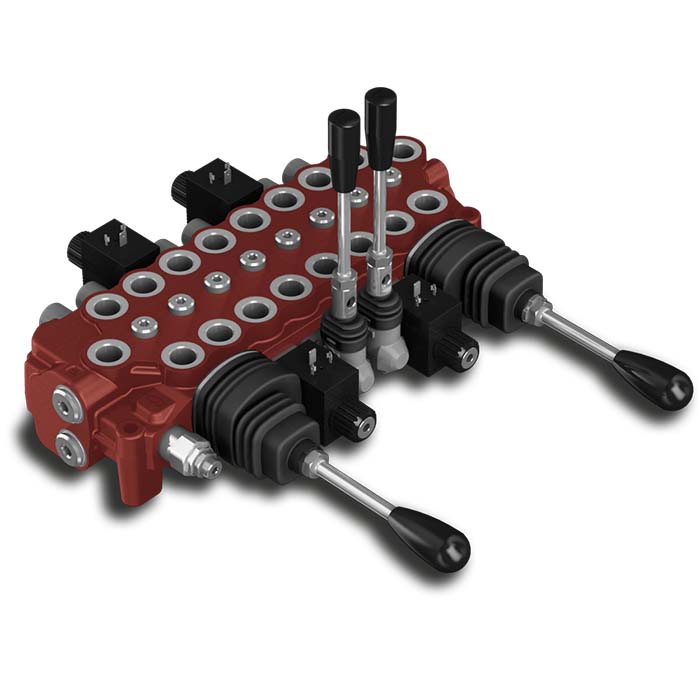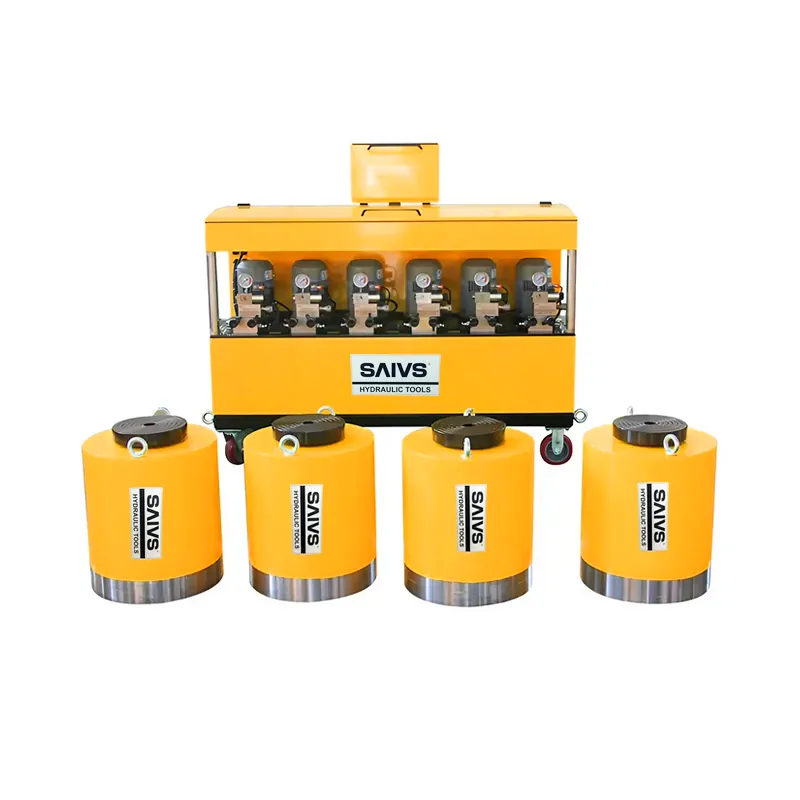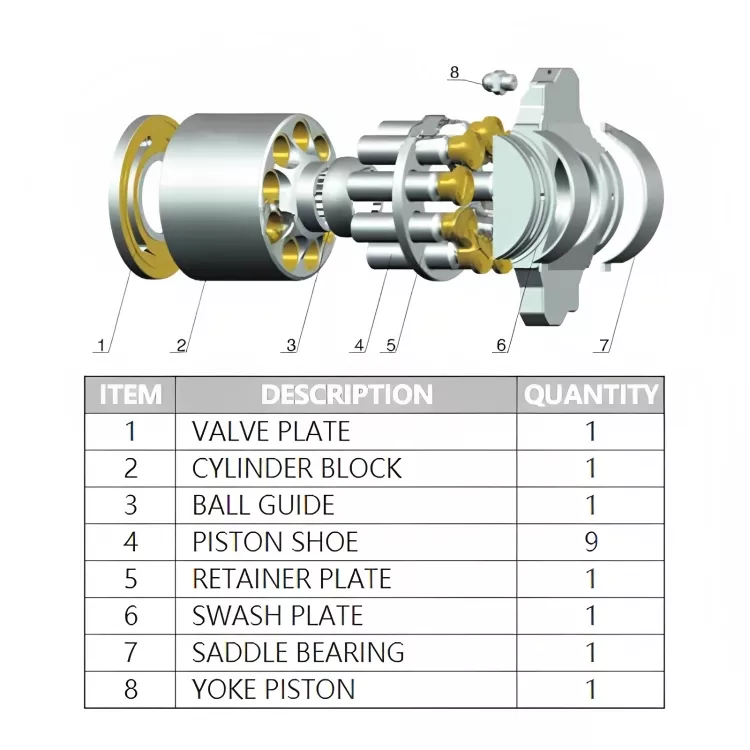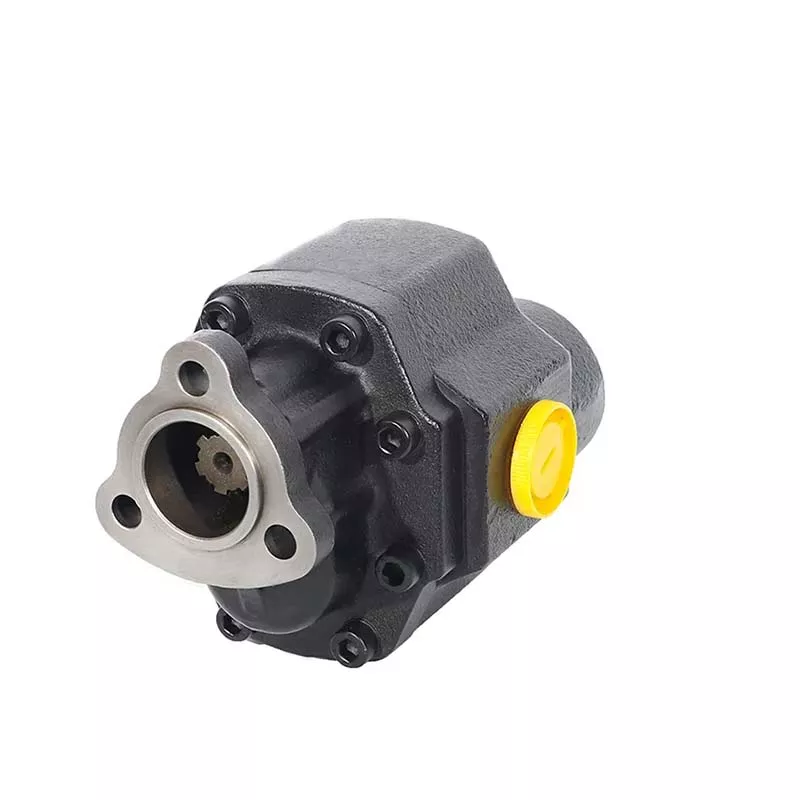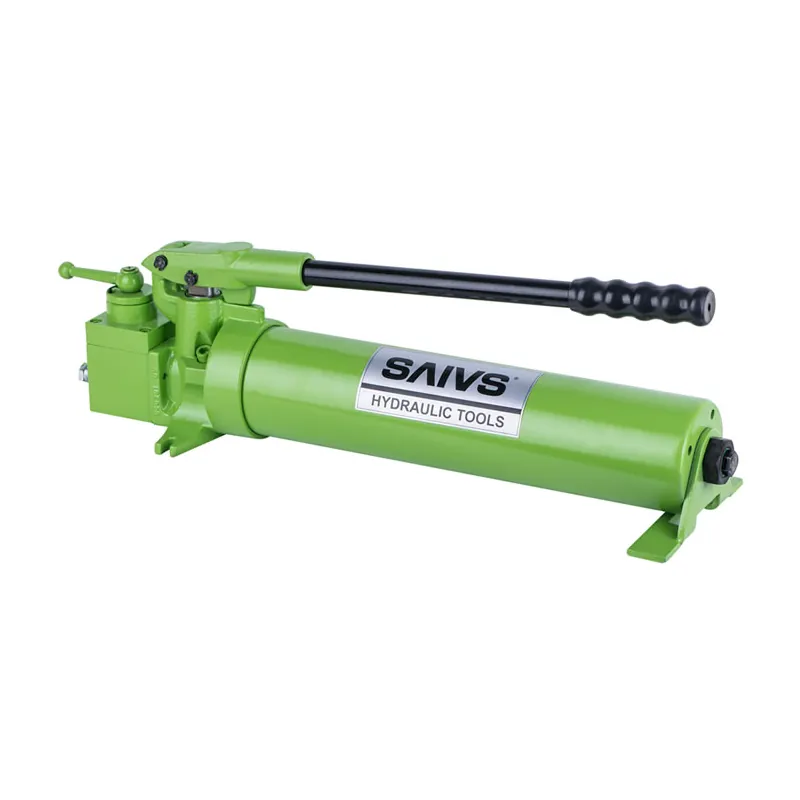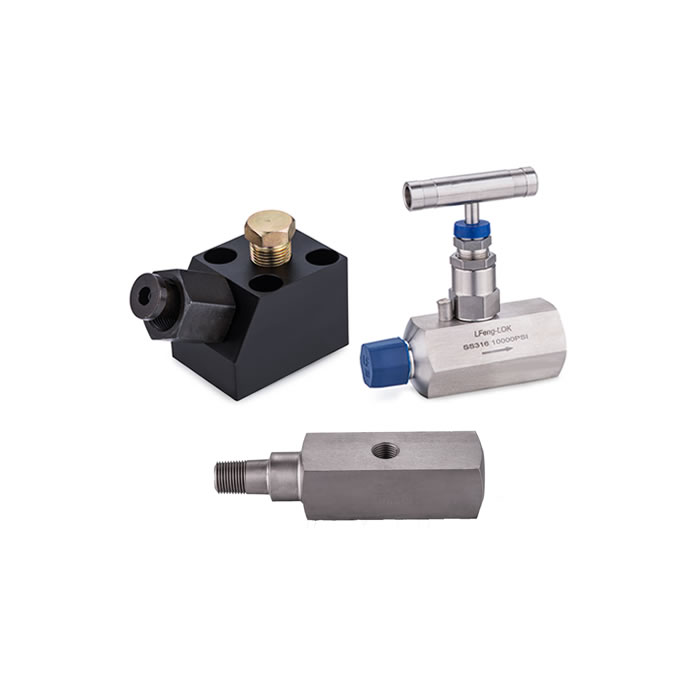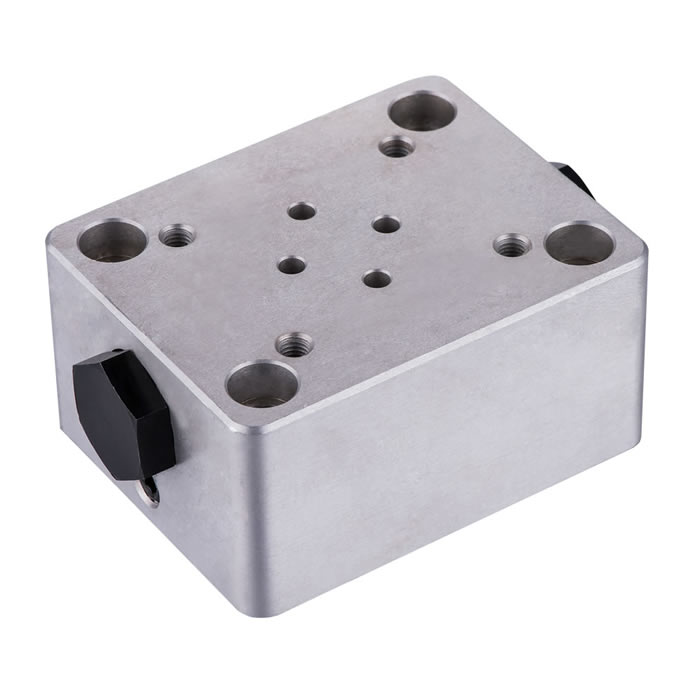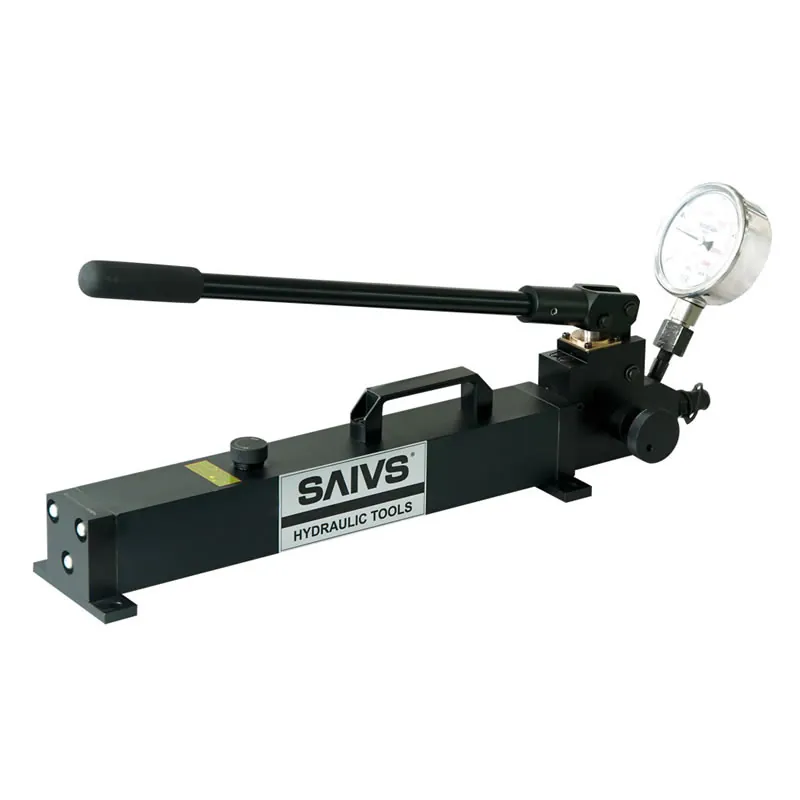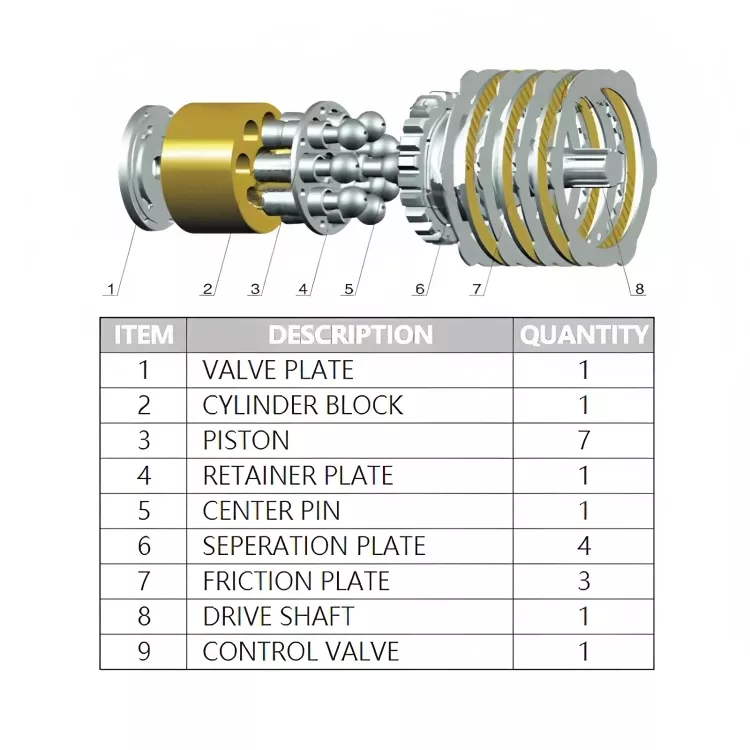Is the Hydraulic Gear Pump Efficient?
Is the Hydraulic Gear Pump Efficient? A Guide for Purchasing Agents
Hydraulic gear pumps play a critical role in various industrial applications, offering a reliable solution for fluid transmission in Hydraulic Systems. As a positive displacement pump, the hydraulic gear pump efficiently delivers hydraulic fluid, maintaining stable flow and pressure under diverse operating conditions. This article explains how hydraulic gear pumps work, highlights their structural advantages, and offers maintenance tips to maximize their efficiency—key considerations for purchasing agents.
1. Working Principle of Hydraulic Gear Pumps
The hydraulic gear pump functions as a positive displacement pump, relying on rotating gears to move fluid within the hydraulic system. When the pump motor drives the gear, the gear teeth create a sealed cavity that uses negative pressure to draw in and expel fluid. This action enables a smooth, continuous flow, allowing the hydraulic system to function optimally. Maintaining a stable flow is essential, as it directly affects the system's operational efficiency and pressure consistency, ensuring that machinery operates reliably.
2. Structure of External Gear Pumps
Hydraulic gear pumps are generally classified into two main types: external gear pumps and internal gear pumps. Among these, the external gear pump is the most widely used due to its simple design and durability. Typically, an external gear pump consists of two gears with precisely machined teeth that interlock to form a tight seal. This arrangement provides effective fluid transfer, enhancing system efficiency without requiring complex mechanisms. This straightforward structure reduces production costs and simplifies maintenance.
3. Key Advantages of Hydraulic Gear Pumps
Hydraulic gear pumps offer several advantages that make them a popular choice in industrial applications:
High Efficiency: Hydraulic gear pumps deliver high flow rates and pressure with lower energy consumption, making them an efficient choice for various hydraulic systems.
Simple Design: Their uncomplicated structure makes them easy to manufacture, maintain, and repair, reducing overall operating costs.
Versatility: These pumps are suitable for diverse hydraulic systems, including construction machinery, agricultural equipment, and hydraulic tools.
Reliability: With robust seals and excellent wear resistance, hydraulic gear pumps can withstand harsh conditions, providing dependable performance in demanding environments.
4. Balancing Flow and Pressure in Hydraulic Systems
Flow and pressure are fundamental metrics in hydraulic systems. The flow rate affects the system's productivity, while pressure is essential for ensuring stable operation. Hydraulic gear pumps must balance these two factors to achieve optimal performance across different scenarios. The flow rate is influenced by the motor’s speed, gear size, and pump design. However, higher speeds may lead to greater wear and increased energy use, so it’s crucial to select the right pump model and operating speed based on specific application needs.
5. Maintenance Tips for Optimal Efficiency
Regular maintenance is essential to preserve the efficiency and longevity of a hydraulic gear pump. Here are a few essential maintenance steps:
Monitor Oil Levels: Consistent hydraulic oil levels prevent the pump from experiencing dry wear, which can lead to costly damage.
Replace Hydraulic Oil Periodically: Over time, hydraulic oil degrades, impacting pump performance. Regular oil replacement ensures efficient pump operation.
Inspect Seals Regularly: Seal aging or damage can result in fluid leakage, reducing efficiency. Routine checks and timely replacements help maintain peak performance.
Conclusion
Hydraulic gear pumps are an efficient and dependable option in hydraulic systems, offering high performance with a simple, reliable design. By selecting the appropriate pump type and following regular maintenance practices, purchasing agents can ensure a high return on investment. Consistent upkeep, such as monitoring oil levels and inspecting seals, will keep these pumps operating efficiently for years. For more information on hydraulic gear pump models and how they can support your operational needs, contact our team today.

